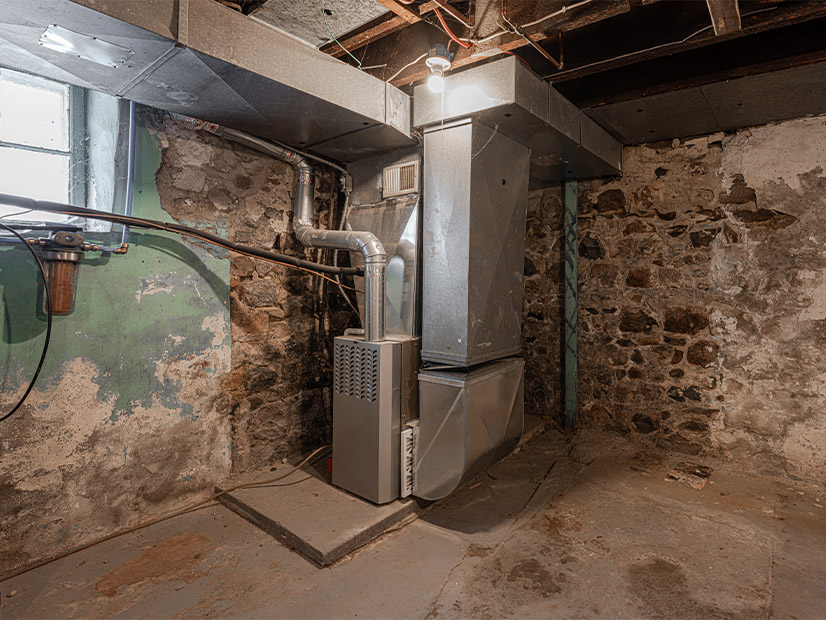The U.S. Department of Energy proposed new rules Monday requiring manufacturers of home gas furnaces to make their products far more efficient than many furnaces sold today by raising the minimum efficiency standard from the current 80% to 95% by 2029.
“These efficiency measures not only reduce carbon and methane emissions, but also provide huge material benefits to American households in the form of cleaner air, modernized technology, and cheaper energy,” Energy Secretary Jennifer Granholm said in a statement.
The new proposal would phase out less efficient non-condensing gas furnaces, a popular choice with consumers because they cost hundreds of dollars less to purchase but use more gas over time. Condensing gas furnaces, which use secondary heat exchangers to capture excess heat from exhaust gases, are more expensive but can achieve the 95% efficiency standard.
Canada has required condensing gas furnaces in homes for more than a decade, DOE said in a news release.
Environmental groups applauded DOE’s proposal.
“We’re long overdue to update outdated furnace technology,” Joe Vukovich, energy efficiency advocate with the Natural Resources Defense Council, said in a statement Monday. “This is the first meaningful update to furnace efficiency since 1987 when furnaces were first added to the efficiency standards program.”
In 2007, DOE raised the energy efficiency standard for gas furnaces from 78% to 80% in a relatively minor concession to those pushing for more efficient furnaces. The Trump administration had blocked efficiency upgrades at the behest of natural gas producers.
In a statement Monday, the American Gas Association said the new rules would place an “undue burden” on utility customers.
“Many older homes, especially in low-income neighborhoods, cannot accommodate the expensive venting requirements for a condensing furnace,” the trade group said in a statement.
“It is not as simple as replacing the natural gas furnaces on the market today with natural gas furnaces that are 95% efficient,” CEO Karen Harbert said. “They are not the same piece of equipment, and we have explained this to the Department of Energy many times.”
The Appliance Standards Awareness Project, a Boston-based advocacy organization, contended that households with non-condensing gas furnaces spend an average $700 annually on heating bills; switching to a more efficient furnace would reduce bills by about $100 per heating season, ASAP said.
DOE estimated that the new rules “would save consumers $1.9 billion annually and, over 30 years, reduce carbon emissions by 373 million metric tons and methane emissions by 5.1 million tons — the equivalent of what 61 million homes emit each year.”
Gas furnaces currently account for about 15% of residential energy use in the U.S. and 40% of home heating. Without new standards, 41% of furnaces would achieve 95% efficiency by 2029 while 40% would remain at 80% efficiency — roughly the same as today, DOE said in its proposed rulemaking.
The plan is the latest in the Biden administration’s efforts to take 100 energy-efficiency actions this year to save the average family $100 a year, DOE said.
Last week, the administration invoked the Defense Production Act to increase domestic manufacture of electric heat pumps, which advocates hope will replace gas furnaces.
In February, the California Energy Commission set a goal of installing 6 million heat pumps by 2030. (See California Sets 6 Million Heat Pump Goal.)
DOE estimated in a 2016 report that removing non-condensing gas furnaces from the market would encourage nearly 12% of households to opt for a heat pump instead of a condensing furnace.

